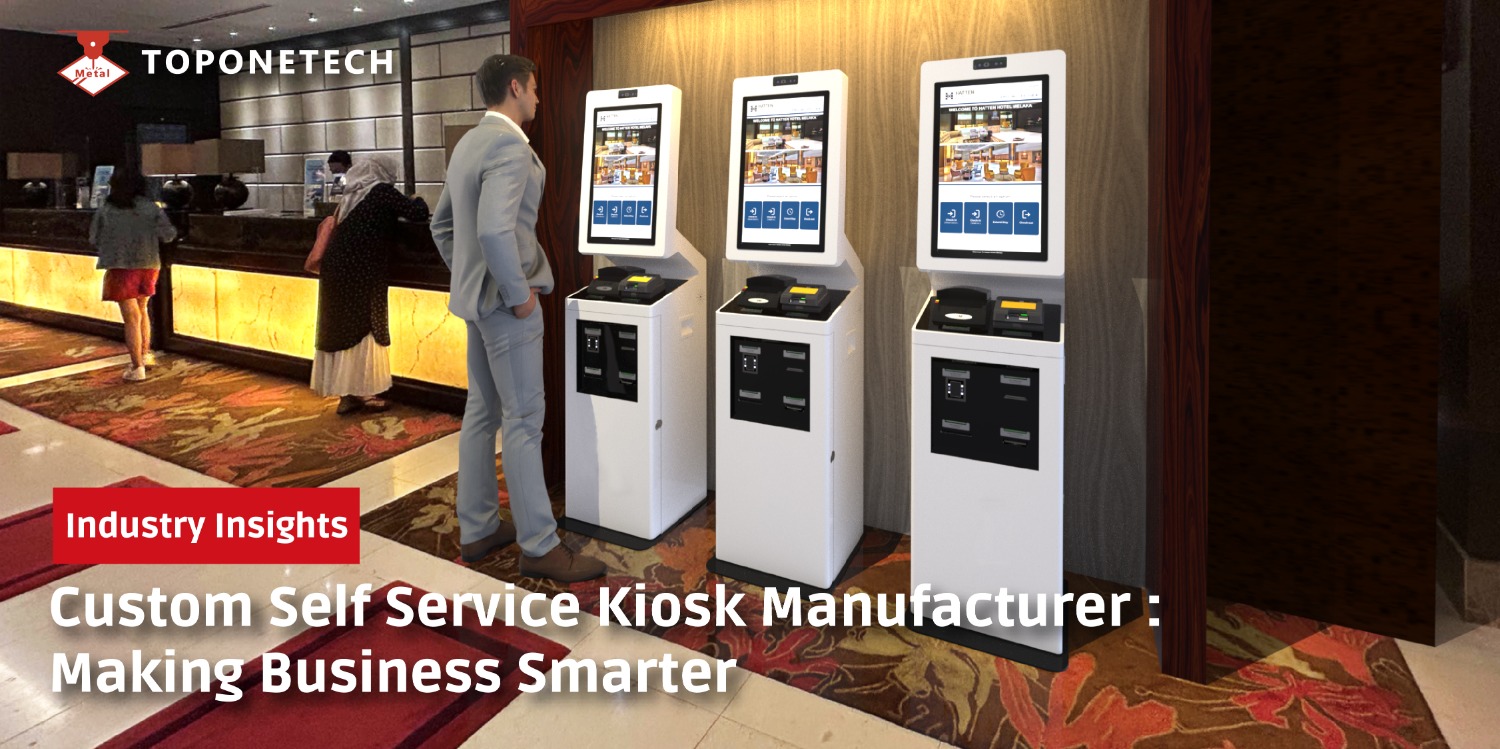
How Vending Machines Work? The Inner Mechanics Revealed – Vending machines have become a staple in daily life, offering a quick and convenient way to grab snacks, beverages, or even electronics. But have you ever wondered how vending machines work behind the scenes? The process may look simple: insert money, make a selection, and retrieve your item. However, the inner workings are much more complex and fascinating. In this article, we’ll explore how vending machines work, diving into the technology, mechanics, and components that make these machines function smoothly.
1. The Evolution of Vending Machines
Vending machines have been around for centuries, with the first known example dating back to ancient Egypt, where a machine dispensed holy water in exchange for coins. However, the vending machines we recognize today started emerging in the 19th century with coin-operated dispensers selling postcards and chewing gum.
From Simple Mechanics to Smart Machines
Initially, vending machines relied on purely mechanical systems. The user would insert a coin, which would trigger a series of gears and levers that released the product. Today’s vending machines, however, are much more advanced, integrating sensors, microcontrollers, and even AI to provide a seamless experience.
2. The Key Components of a Vending Machine
Vending machines are composed of various components that work together to ensure efficient operation. These include:
Coin and Bill Acceptor
This component validates the currency inserted by the user. For coins, it checks size, weight, and metallic content, while for bills, it uses sensors to authenticate the denomination.
Control Board
The control board acts as the brain of the vending machine. It processes payments, tracks inventory, and ensures that the correct product is dispensed based on user input.
Product Dispenser
The product dispenser is the mechanism responsible for delivering the selected item. Depending on the type of vending machine, this could be a spiral system (for snacks), a rotating tray (for beverages), or even a robotic arm in advanced models.
Sensors and Motors
Sensors ensure that the correct product is dispensed and monitor whether the item has been successfully retrieved. Motors drive the movement of trays, belts, or spirals to move products from storage to the retrieval area.
3. Payment Systems: From Coins to Cashless
Traditional Payment Methods
The early vending machines only accepted coins, but modern systems have evolved to include bills, credit cards, and even mobile payment methods like Apple Pay or Google Wallet.
Cashless Payment Technology
With the rise of digital wallets and contactless payments, cashless vending machines are becoming increasingly popular. Moreover, these systems use Near Field Communication (NFC) or Radio Frequency Identification (RFID) to process transactions, making the purchase process faster and more convenient.
How It Works: A Cashless Transaction
When a user taps their phone or card on the reader, the machine communicates with a payment gateway to verify the transaction. Once approved, the control board processes the user’s selection and dispenses the item.
4. Dispensing Mechanism: How Products Are Delivered
Vending machines use various dispensing mechanisms based on the type of product they offer. The three most common are:
Spiral Vending Mechanism
Most snack vending machines use a spiral mechanism. The products are placed between spirals, and when a user makes a selection, the spiral rotates, pushing the product forward until it falls into the delivery bin.
Gravity-Based Systems
For beverage vending machines, gravity is often used to deliver products. The cans or bottles are stacked, and when a selection is made, the door opens to allow the product to drop.
Robotic Arms
Some high-end vending machines, especially those dispensing electronics or larger items, use robotic arms to carefully select and deliver the product.
5. Sensors and Safety Features
Product Detection Sensors
To ensure that the customer receives their product, vending machines are equipped with product detection sensors. Moreover, these sensors use infrared technology to confirm that the item has dropped into the collection area.
Anti-Theft Mechanisms
Modern vending machines are designed with security features such as anti-shaking sensors to prevent theft. If the machine detects excessive movement, it may lock or trigger an alarm.
6. The Role of Microcontrollers in Vending Machines
Microcontrollers are the backbone of modern vending machines. These small but powerful devices process all the data from payment systems, sensors, and user inputs.
Functions of a Microcontroller
- Inventory Management: Tracks the stock levels of each product.
- Energy Efficiency: Controls the machine’s power usage, especially during low traffic periods.
- User Interaction: Processes user input and manages display screens for selections.
7. How Modern Vending Machines Use AI and IoT
Artificial Intelligence (AI)
Some advanced vending machines incorporate AI algorithms to predict user preferences and adjust product offerings accordingly. For instance, a vending machine in an office may notice that certain snacks are more popular in the afternoon and reorder them automatically.
Internet of Things (IoT)
The IoT connects vending machines to the internet, enabling remote monitoring and management. Moreover, this technology helps operators track sales, monitor stock levels, and even perform remote maintenance checks.
Smart Features
- Remote Stock Management: Allows operators to see which products need restocking.
- Dynamic Pricing: You can adjust prices based on demand, time of day, or stock levels.
8. Common Issues and Maintenance Tips
Jam in the Dispenser
One of the most common problems is when a product gets stuck in the dispenser. This can happen due to improper loading or a malfunction in the spiral system.
Payment System Malfunction
If the machine fails to accept payments, the issue might lie in the coin acceptor or card reader. Moreover, routine maintenance and regular updates to cashless systems are essential to prevent this.
Temperature Control Problems
For vending machines that store beverages or perishable goods, maintaining the correct temperature is crucial. If the cooling system fails, products could spoil or become unsafe for consumption.
9. Future Trends in Vending Machine Technology
Biometric Payments
One exciting trend is the potential for biometric payments. Instead of using a card or phone, customers could scan their fingerprint or retina to make a purchase.
Sustainable Vending Machines
Eco-friendly machines that use solar power or more energy-efficient systems are becoming more popular as sustainability concerns grow.
Customized Product Offerings
With AI and big data, vending machines could soon offer more personalized product recommendations based on the customer’s purchase history.
10. A Look into the Future of Vending Machines
Vending machines have come a long way from their simple, mechanical beginnings. Moreover, highly sophisticated devices now integrate advanced payment systems, sensors, and even AI to offer a seamless user experience. Furthermore, as technology continues to evolve, vending machines will only become more efficient, smarter, and tailored to individual preferences. Whether you’re grabbing a snack, a drink, or even a pair of headphones, these modern marvels have made convenience accessible with just a few clicks.
Top One Tech can customize various types of Vending Machines, specially designed for your application scenarios.
Contact us for further information :
Whatsapp/Call us at : +86 13631610695
Email : sales@toponetechmetal.com
See Also : Our Wide Range of Sheet Metal Products



